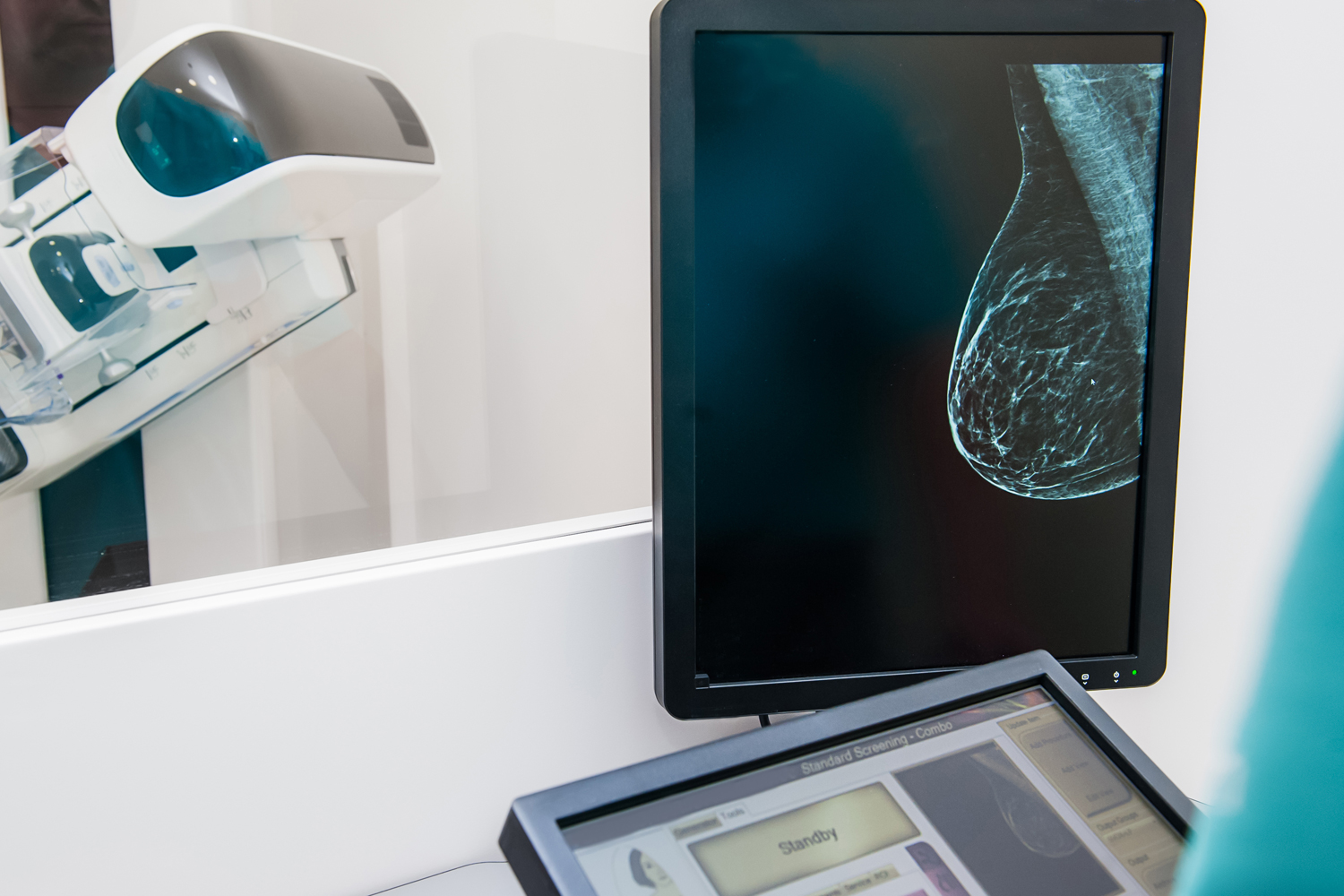MAMMOGRAPHY CONTINUES to be the tool most widely used for breast cancer screening and detection. But it isn’t foolproof. Dense breast tissue, which consists of fibrous and glandular tissue, appears similar to cancer on a mammogram and can make it harder for radiologists to distinguish cancer and breast tissue.
Most states already require some kind of breast density assessment in the summary given to patients about their mammogram results. But the state-based approach fell short, says Molly Guthrie, vice president of policy and advocacy at the breast cancer nonprofit Susan G. Komen. “In some states, patients were just told they had dense breasts and that’s it. They didn’t know what to do with that information,” she says. “In states without laws about informing patients of breast density, patients weren’t receiving any information about breast tissue density after mammography.”
But a new federal law changes that. An amendment to regulations under the Mammography Quality Standards Act now requires medical practices providing breast screening with mammography to notify doctors and patients about breast density using a standard format, with the patient summary in layperson language.
After screening mammography, patients in all 50 states with dense breast tissue, for example, will receive a notification in their mammography report that states in part: “Your breast tissue is dense. In some people with dense tissue, other imaging tests in addition to a mammogram may help find cancers. Talk to your healthcare provider about breast density, risks for breast cancer, and your individual situation.”
“This rule is intended to create consistency across states in how women are informed of their breast density after mammography,” says Laura Makaroff, senior vice president of prevention and early detection at the American Cancer Society.
Approximately half of women over age 40 in the U.S. have dense breast tissue. Women with dense breast tissue have up to twice the risk for breast cancer of women with average breast density. It’s unclear why; according to the American Cancer Society, it may be that dense breast tissue has more cells that can develop into abnormal cells. But one thing is for sure: “Knowing the density of your breast tissue through a mammogram finding helps you to know if you have an additional risk factor for breast cancer you might not have been aware of,” Makaroff says.
Personalized Detection and Prevention
A regular screening mammogram can help catch breast cancer in its early stages, when treatment options are the most plentiful. The American Cancer Society recommendations state that women between ages 40 and 44 at average breast cancer risk have the option to start screening with a mammogram every year. Average risk includes women who don’t have a personal history of breast cancer, a strong family history of breast cancer, or a genetic mutation known to increase the risk of breast cancer, such as those found in the BRCA genes, and who haven’t had chest radiation therapy before age 30. Women 45 to 54 should get a mammogram every year, and women 55 and older can switch to a mammogram every other year, or they can continue with yearly mammograms.
If your screening mammogram results report dense breast tissue, however, it’s important to talk with your doctor about it, as well as any other risk factors for breast cancer you may have. There aren’t yet nationally established clinical guidelines for managing dense breast tissue, and it’s only one component of breast health. Still, knowing your breast tissue density presents an opportunity to discuss any additional screening you may need, such as breast ultrasound or MRI, in addition to mammograms on a regular schedule, Makaroff says.
Overall, “information is power,” Guthrie says. “When we put information about breast density and what it means in terms of breast cancer risk in the hands of patients, it can lead to a broader conversation with their health care provider about their individual breast health and their risk and what that means for them about screening and early detection, which is where we feel screening is going. We’re getting away from one-size-fits-all for all women.”
Cancer Today magazine is free to cancer patients, survivors and caregivers who live in the U.S. Subscribe here to receive four issues per year.





